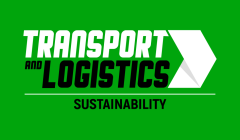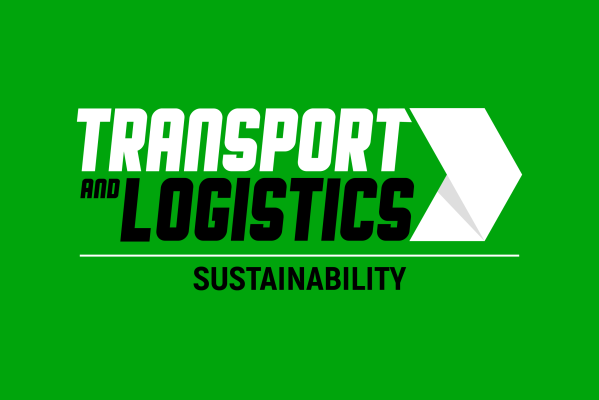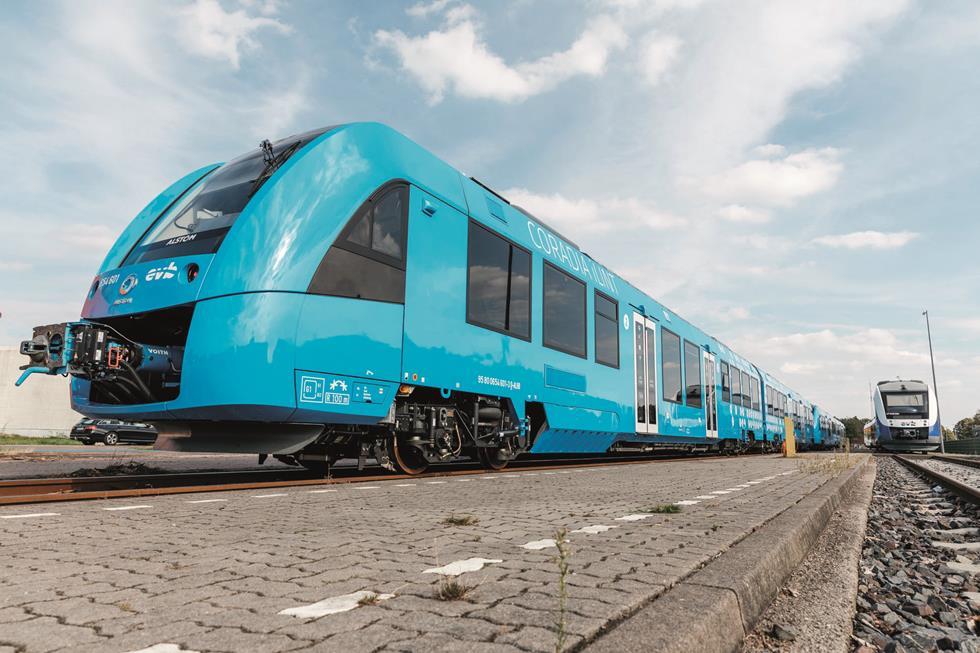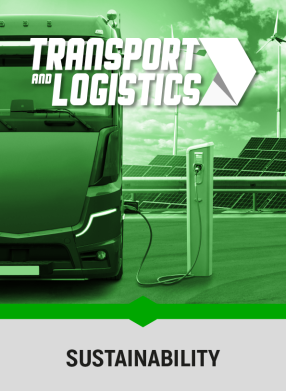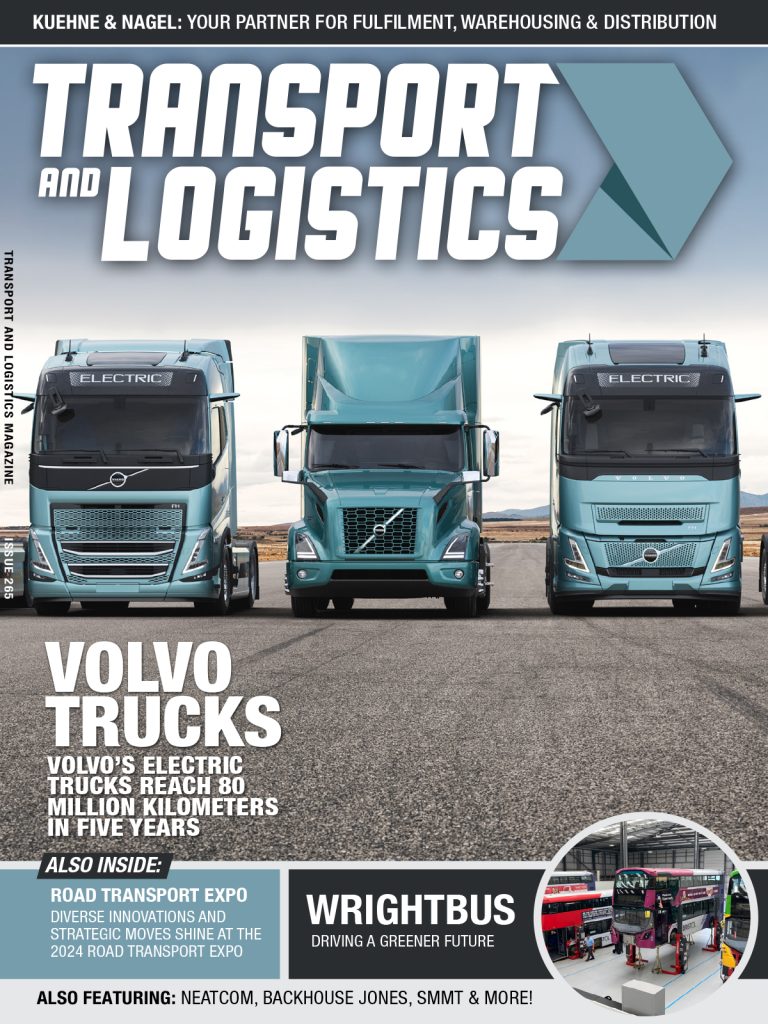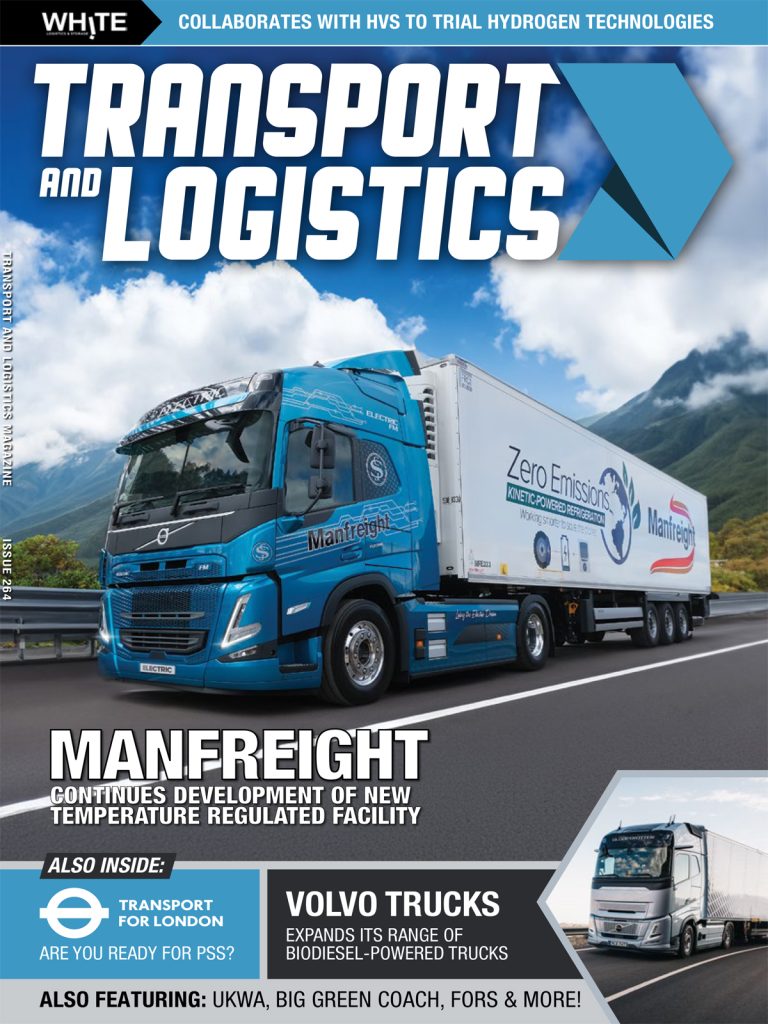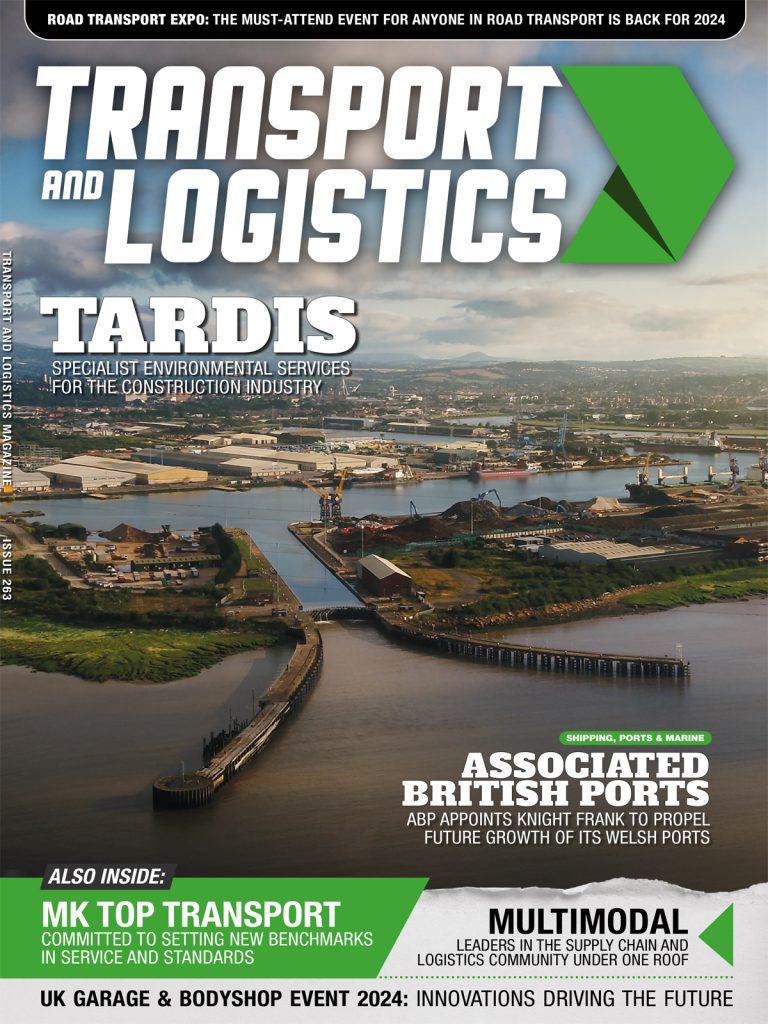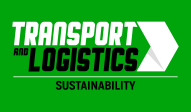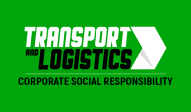Following a successful proof-of-concept, HydroFLEX, the UK’s first hydrogen train, will be tested on the mainline railway, hoping to carry passengers in the next two or three years. The HydroFLEX pilot involves the fitment of a hydrogen powerpack to an existing Class 319 train, which would eventually allow it to run on conventional electrified routes as well as independently.
The project is the creation of the partnership between Porterbrook, provider of rail leasing and asset management support, and the University of Birmingham’s Centre for Railway Research and Education (BCRRE).
“Sustainability and innovation are integral to what we do here at Porterbrook, and so we are tremendously proud to have played a key role in designing and building the UK’s first hydrogen train. This is a first test but we are excited about being in a position to provide HydroFLEX as a viable offering very soon. Britain’s railway has a key part to play in reducing transport emissions and we are committed to helping our customers play an important role in delivering this,” said Mary Grant, CEO of Porterbrook.
The HydroFLEX project is moving forward towards mainline testing due to funding from Innovate UK through its First Of A Kind competition.
“This is a great success story for the UK Rail Industry, which shows our capability and commitment to helping the government meet decarbonisation targets,” Alex Burrows, Director at Birmingham Centre for Railway Research and Education, said.
“Key to this success is the close partnership between academia and industry which has enabled us to pool the expertise needed to rapidly progress this technology from concept to full-scale working demonstrator. This partnership between the University of Birmingham and Porterbrook has been a trailblazer for academia and industry accelerating ideas into practical application on the railway. We look forward to the next phase of this project which will take this technology onto the UK railway.”
HydroFLEX has relied on Chrysalis Rail for installation; Denchi Group for traction batteries; Ballard Fuel Cell Systems for the fuel cell; Luxfer for hydrogen storage tanks; DG8 design support; Derby Engineering Unit for panels and brackets; SNC Lavalin for design and hazard identifications; Aura for exterior livery design and dB Cargo Crewe for the recommissioning of the unit.
The train works by piping hydrogen stored on board in high pressure tanks to the fuel cell where it is mixed with oxygen from the air to create electricity. The electricity can be stored in a battery, and powers the train.
